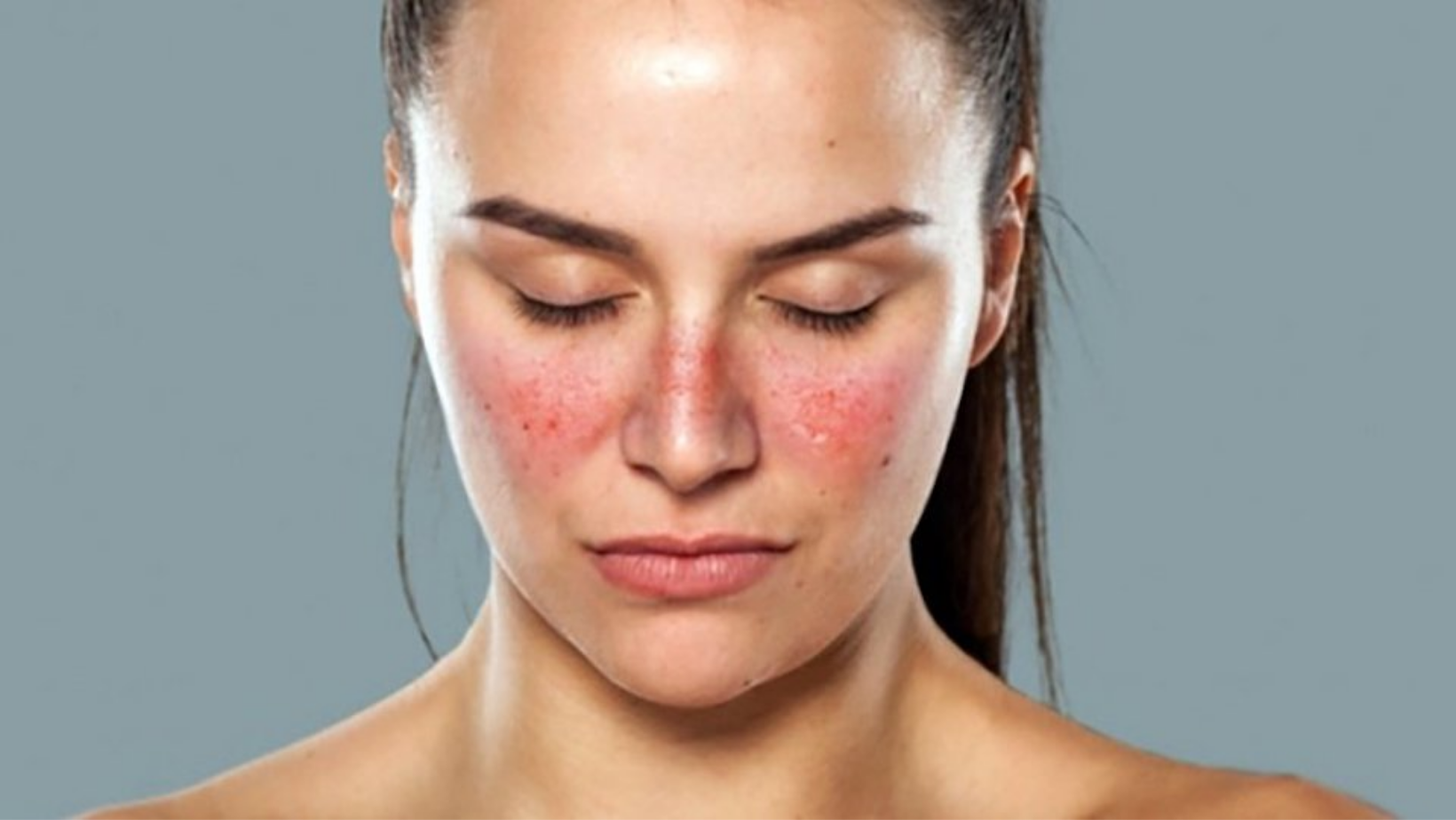Category
Lupus, a chronic autoimmune disease, affects millions of individuals worldwide, predominantly women.

Have any questions?
If you have any questions, feel free to contact us at [email protected]. A member of our support team will help you shortly.
Share this blog
Fatigue
Energy
Stress
Sleep
Lupus, a chronic autoimmune disease, affects millions of individuals worldwide, predominantly women. Recognizing the symptoms early and understanding available treatment options are crucial for managing lupus and improving the quality of life for those affected.
Lupus, officially known as systemic lupus erythematosus (SLE), is an autoimmune disorder where the immune system mistakenly attacks healthy tissues and organs. This can lead to various symptoms affecting various body parts, including the skin, joints, kidneys, heart, lungs, brain, and blood cells.
Lupus is known for its diverse symptoms, which vary widely among individuals. Common symptoms include:
While there is currently no cure for lupus, various treatment options aim to manage symptoms, reduce inflammation, and prevent flare-ups. Treatment choice depends on the severity of symptoms and the organs affected. Standard treatment approaches include:
Individuals with lupus must be vigilant about changes in their
symptoms and seek medical attention if:
New Symptoms arise the development of new symptoms or the
worsening of existing ones.
Lupus is a complex autoimmune disease that requires a
comprehensive and personalized approach to treatment. Recognizing
symptoms early, understanding available treatment options, and
adopting lifestyle modifications are essential for effectively
managing lupus and improving the quality of life for those with
this chronic condition.
Individuals with lupus should work closely with healthcare
professionals to develop a tailored treatment plan that addresses
their specific symptoms and concerns. With proper management,
individuals with lupus can lead fulfilling lives and minimize the
impact of the disease on their overall well-being.